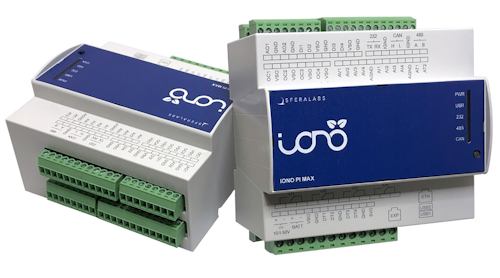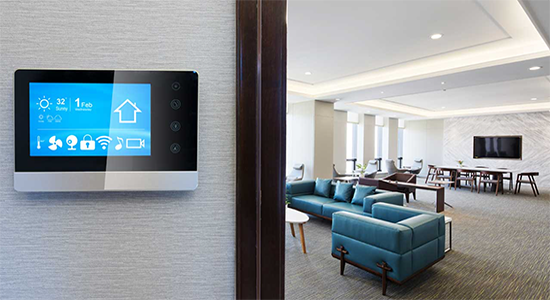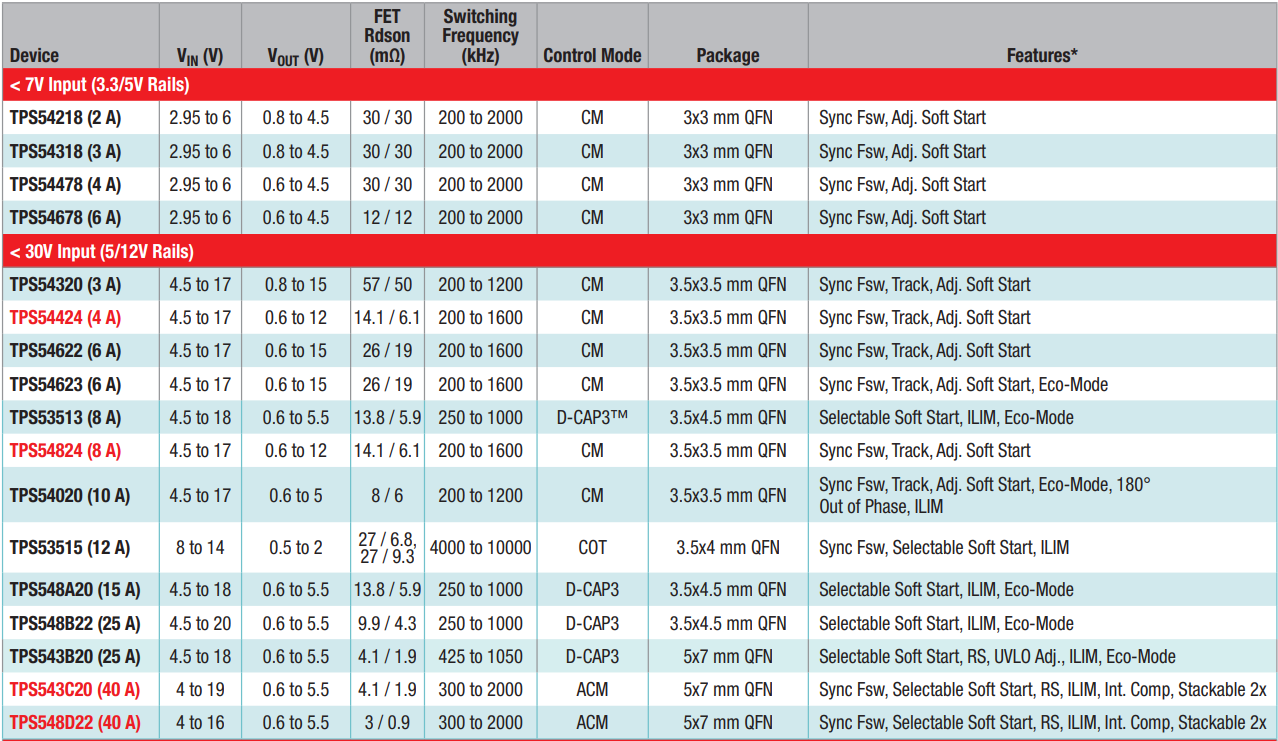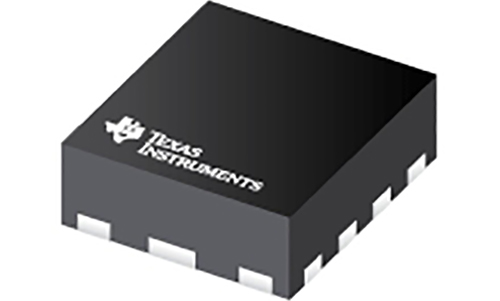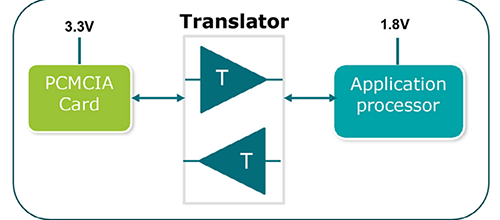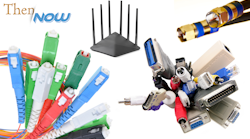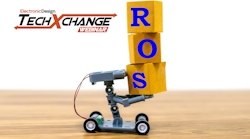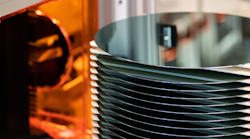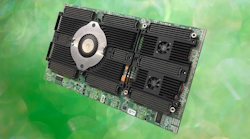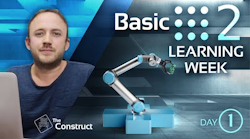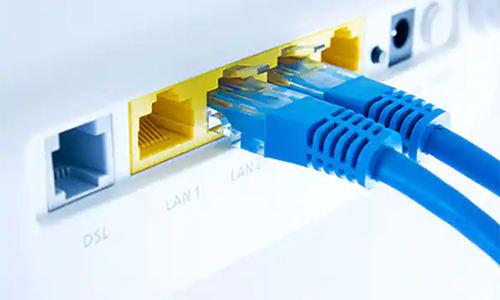Raspberry Piis hot. It's a small module based onBroadcom'sBCM2835 SoC with a 700 MHzARM11processor and a VideoCore IV GPU. The credit card size module has 256 Mbytes of RAM and an SD card slot. Display output is via HDMI or composite video.
The $35 Model B has two USB ports and a 10/100 Ethernet port. The $25 Model A eliminates the Ethernet port and has a single USB port. A micro USB connector is used to supply power. This connector does not have a data connection. Power can also be supplied via the GPIO header.
There is a GPIO header and an audio jack. Most will boot directly from the SD flash card but there is a JTAG header. There is also a footprint for a camera connection but there is not a connector installed. A battery backed, real time clock (RTC) is found on a DS1307 chip.
It is possible to build your own Raspberry Pi since all the design docs are open source but most will buy one. They are currently available fromPremier Farnell/element 14andRS Components.
Debian is the OS of choice although others could make use of the platform. It is designed to run on QEMU so it can be emulated on another platform to streamline development.
The Raspberry Pi is designed to be inexpensive so it does not try to compete with the last quad core SoCs. It can be used for a range of mobile applications like robotics because of its small size and low power requirements. The Model A makes more sense for wireless or non-network applications. Likewise, the Raspberry Pi can be paired with an HDMI monitor, USB keyboard and mouse to build a fully functional Linux PC.
As a platform, the Raspberry Pi is nice but not cutting edge. Where it shines is the community growing up around it. This will be a source of software and hardware expansion that makes the platform very interesting. The low cost and standardization means it can be easily incorporated into educational environments. Expansion modules are already on the drawing board.
The big problem with these initial models is the lack of mounting holes. Spacing the connectors around the board has advantages and disadvantages. The advantages are easy, compact layout. The disadvantage is incorporating the board into a design where you would like all the connectors along one edge.


